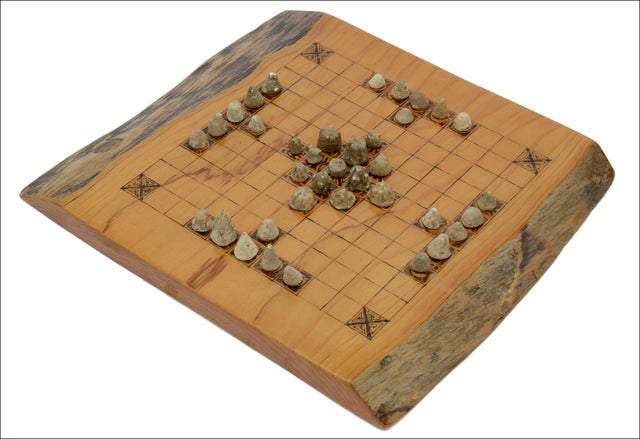
The discovery of a series of lost waterways across West Mainland Orkney offers new insight into trade and transport across the area in the medieval period.
[Image: University of St Andrews]
New research involving a combination of geophysical mapping, sediment sampling, and the study of place-names has identified a network of waterways that ran through West Mainland Orkney in the Viking and late Norse period.
Examples of Old Norse place-names can be found all over northern Scotland and the Isles, originating in the medieval period, AD 790-1350, and reflecting when Scandinavian earls held power in Orkney. The recent research was prompted by the observation that there are several places that have names with sea- or boat-related connotations but are located far inland in central Orkney today. These include Greenay (meaning shallow waters) and Knarston (derived from the Old Norse words for a transport vessel and a farm where such vessels were moored). Scientific investigations have now been able to shed light on this mystery, revealing that these sites were in fact located along a previously unknown series of ancient waterways.
These lost waterways are difficult to recognise on the surface because of modern agricultural activity and artificial drainage networks. However, the recent research (published in the Journal of Wetland Archaeology: http://dx.doi.org/10.1080/14732971.2020.1800281), which was carried out by a team from the University of the Highlands and Islands, the University of St Andrews, and the University of Wales, was able to identify them using remote-sensing geophysical methods, combined with environmental information from sediment samples in cores taken from multiple sites across the area.
Read the rest of this article...

:focal(2611x1667:2612x1668)/https://public-media.si-cdn.com/filer/9b/c6/9bc6d247-2de8-4f9c-8bf1-4daa804253dd/pxfuelcom.jpg)


